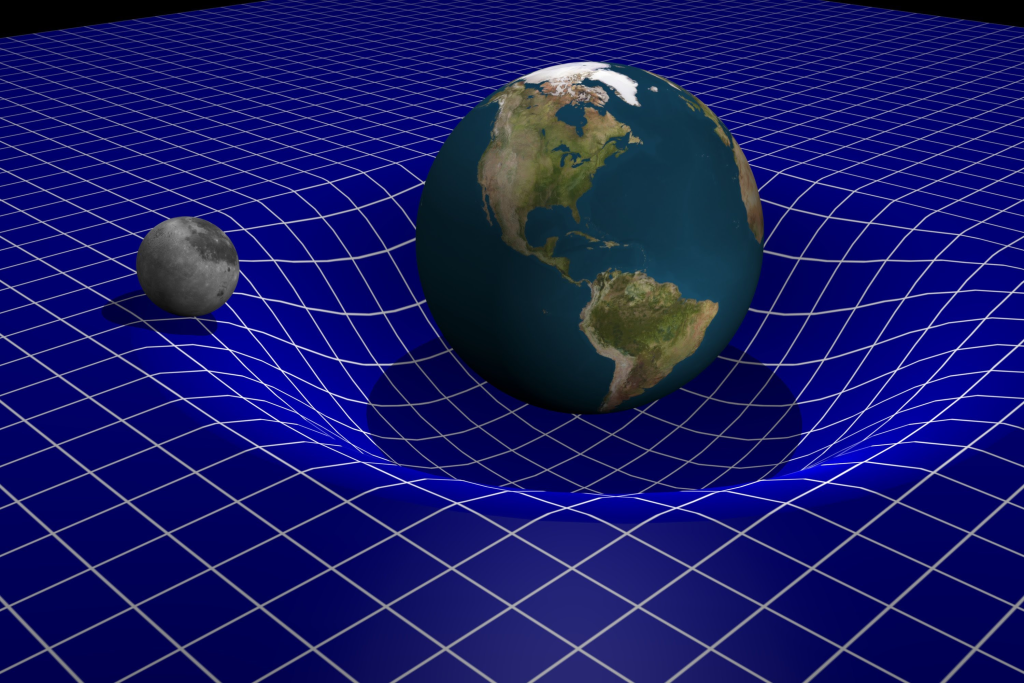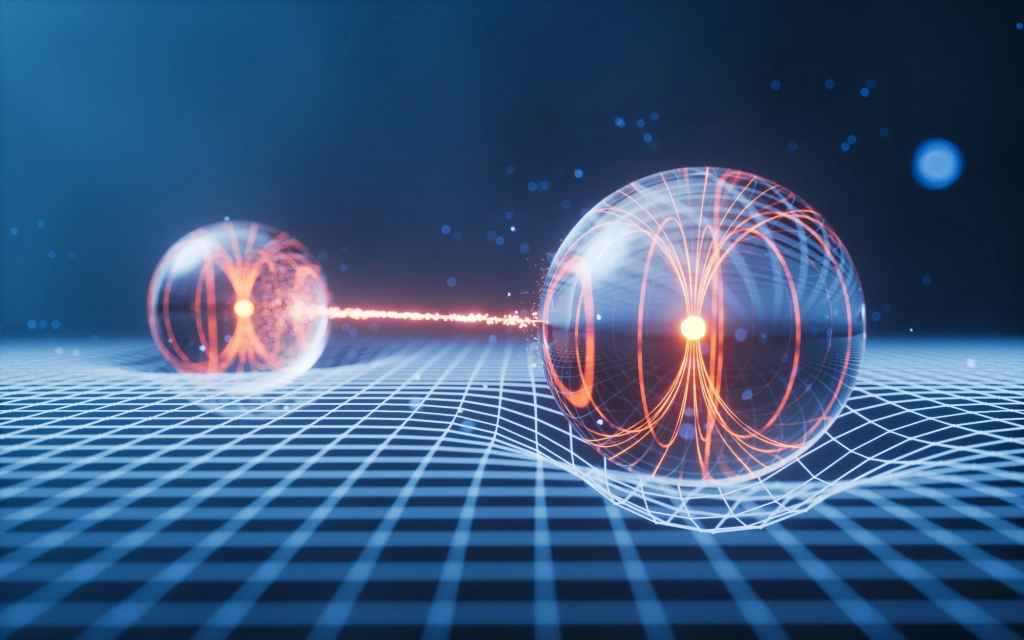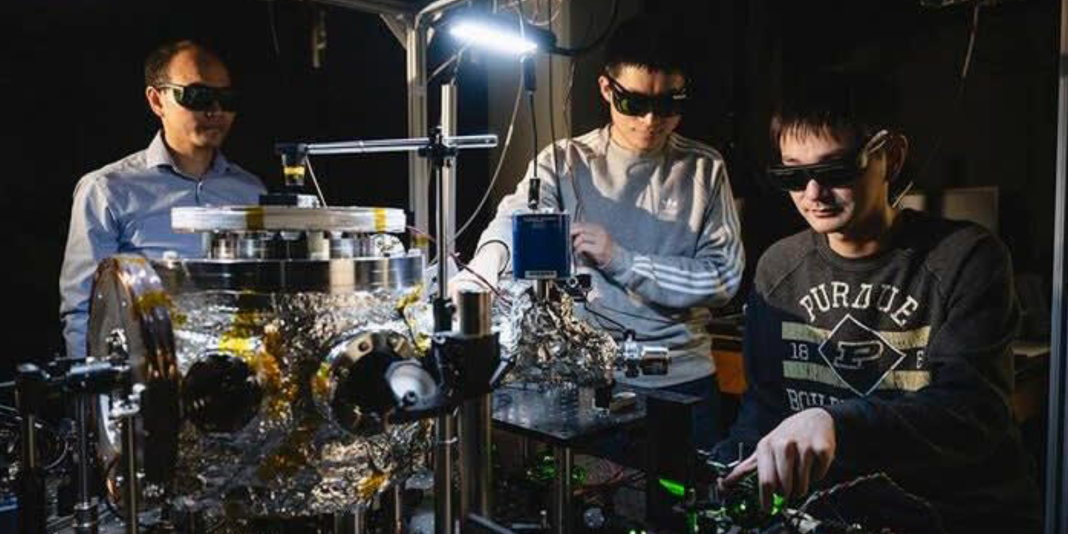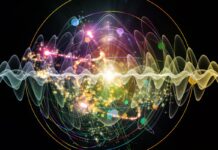Table of Contents
Two Big Mysteries of Science
For many years, scientists have struggled to understand how gravity and quantum mechanics—two of the most important forces in our universe—work together. Gravity explains how massive objects like planets and stars attract each other, while quantum mechanics explains the strange behavior of tiny particles like atoms and electrons.
These two areas of science seem completely different, like two puzzle pieces that don’t fit together. However, scientists have made a historic discovery that could finally connect gravity with quantum mechanics. This breakthrough might help us unlock some of the greatest mysteries of the universe, like black holes and the Big Bang.
In this blog, we’ll explain what this discovery means, how it was made, and why it’s so important for the future of science.
What is Gravity?

Gravity is the invisible force that pulls objects toward one another. It’s what keeps us on the ground and makes the planets orbit the sun. Sir Isaac Newton first described gravity as a force that acts between any two objects with mass.
Later, Albert Einstein’s Theory of General Relativity showed us that gravity is caused by the bending of space-time. Imagine placing a heavy ball on a stretched-out trampoline. The ball makes a dent, and smaller objects roll toward it. In the same way, massive objects like the Earth or the Sun bend space-time, and this bending creates gravity.
What is Quantum Mechanics?

Quantum mechanics is the branch of science that studies the tiniest particles in the universe, like atoms and subatomic particles. Unlike the predictable behavior of large objects (like a falling apple), particles in the quantum world behave in surprising ways:
- They can exist in multiple places at the same time.
- They can move through walls (a phenomenon called quantum tunneling).
- They interact with each other instantly, no matter how far apart they are.
Quantum mechanics is strange, but it explains how particles behave at the tiniest scales and powers technologies like smartphones, computers, and lasers.
Why Don’t Gravity and Quantum Mechanics Work Together?

The problem is that gravity and quantum mechanics follow different rules.
- Gravity works perfectly for large objects like stars, planets, and galaxies.
- Quantum mechanics works perfectly for tiny particles like atoms.
However, when scientists try to apply gravity to the quantum world, the equations break down and stop making sense. This has puzzled physicists for decades, as they’ve tried to figure out a single theory that combines both worlds. This combined theory is sometimes called the Theory of Everything.
The Discovery: Connecting Gravity and Quantum Mechanics
Recently, scientists made an exciting breakthrough that may finally connect gravity and quantum mechanics. Their work shows that gravity might not be separate from the quantum world, but instead, it could emerge from it.
Here’s what they discovered:
- Quantum Particles and Space-Time:
At the smallest level, quantum particles might create the fabric of space-time itself. In other words, space and time—what gravity bends—might actually come from quantum mechanics. - Entanglement and Gravity:
Scientists found a possible link between quantum entanglement (a process where particles are instantly connected) and the way gravity bends space-time. This suggests that gravity might arise from quantum interactions. - Bridging the Gap:
By studying the connections between tiny quantum particles and massive objects, scientists are finding clues that bridge the gap between the two theories.
This discovery is like finding a missing piece of a puzzle that connects the biggest objects in the universe with the tiniest particles.
Why is This Discovery Important?
This breakthrough could lead to major advancements in science and technology:
- Understanding Black Holes:
Black holes are mysterious objects with gravity so strong that nothing—not even light—can escape. Connecting quantum mechanics and gravity could help us understand what happens inside black holes. - Exploring the Big Bang:
Scientists believe that the universe began with the Big Bang, a moment when everything in the universe was incredibly small and dense. By connecting gravity and quantum mechanics, we could learn more about how the universe was born. - Creating New Technologies:
Quantum mechanics already powers technologies like computers and lasers. Combining quantum mechanics with gravity could lead to even more powerful inventions, like advanced quantum computers and new ways to explore space. - The Theory of Everything:
This discovery brings scientists closer to creating a Theory of Everything—a single explanation for how the entire universe works, from the smallest particles to the largest galaxies.
How Did Scientists Make This Discovery?
Scientists used advanced tools like particle accelerators, quantum computers, and complex mathematical models to study the behavior of quantum particles. By simulating the interaction between these particles, they noticed patterns that resemble the effects of gravity.
For example:
- Quantum entanglement might explain how gravity connects objects across space-time.
- Simulations showed that quantum behavior can create structures that look like the bending of space-time.
These findings give strong evidence that gravity might be a part of the quantum world.
Challenges Ahead
While this discovery is exciting, scientists still have a lot of work to do:
- More Proof Needed:
The theory needs to be tested with real experiments to confirm its accuracy. - Complex Math:
Combining quantum mechanics and gravity involves extremely difficult equations that scientists are still trying to solve. - Building Better Tools:
Scientists need more advanced quantum computers and telescopes to explore these ideas further.
Conclusion: A New Step in Understanding the Universe
The connection between gravity and quantum mechanics is one of the most important discoveries in modern science. By linking these two areas, scientists are moving closer to answering some of the biggest questions about the universe: How did it begin? What happens inside black holes? What are the true rules of reality?
While there’s still much to learn, this breakthrough shows us that the universe is full of mysteries waiting to be uncovered. From the tiniest quantum particles to the massive forces of gravity, everything may be connected in ways we are only beginning to understand. The journey to find a Theory of Everything has taken a giant leap forward—and the future of science has never looked more exciting.




































